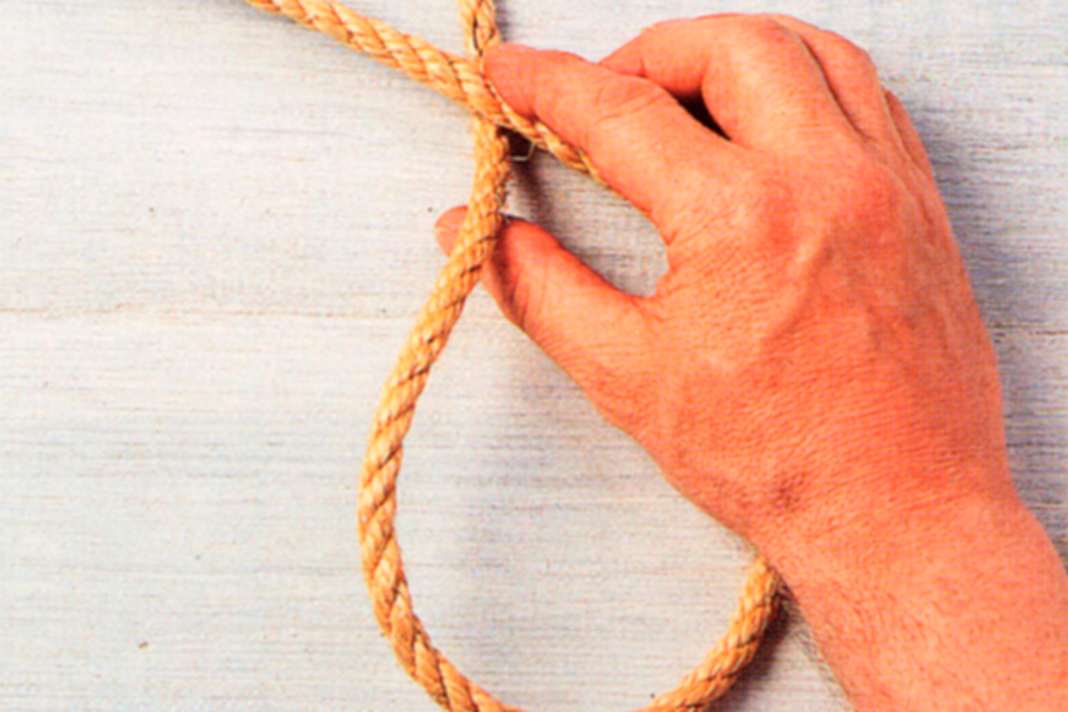The most important knots
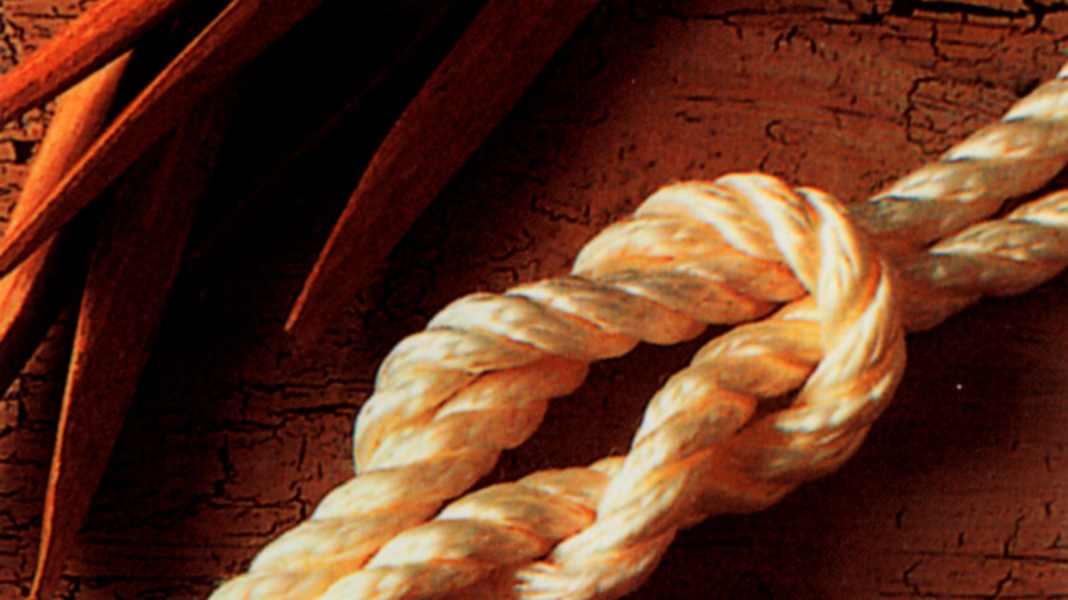
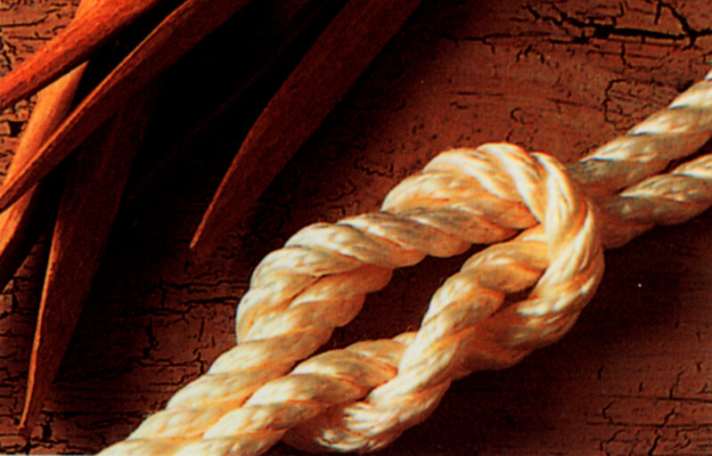
To make it easier to learn the knots, here are the names of the most important parts of a rope:
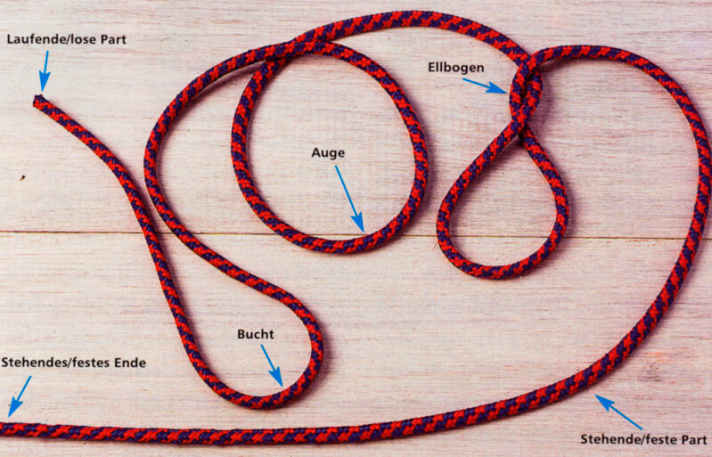
EIGHTNOTES:
The pimped-up housewife's knot. It can be used in a variety of ways, for example to secure loose parteners to clamps to prevent them from slipping through. A figure of eight knot is never out of place on a rope.
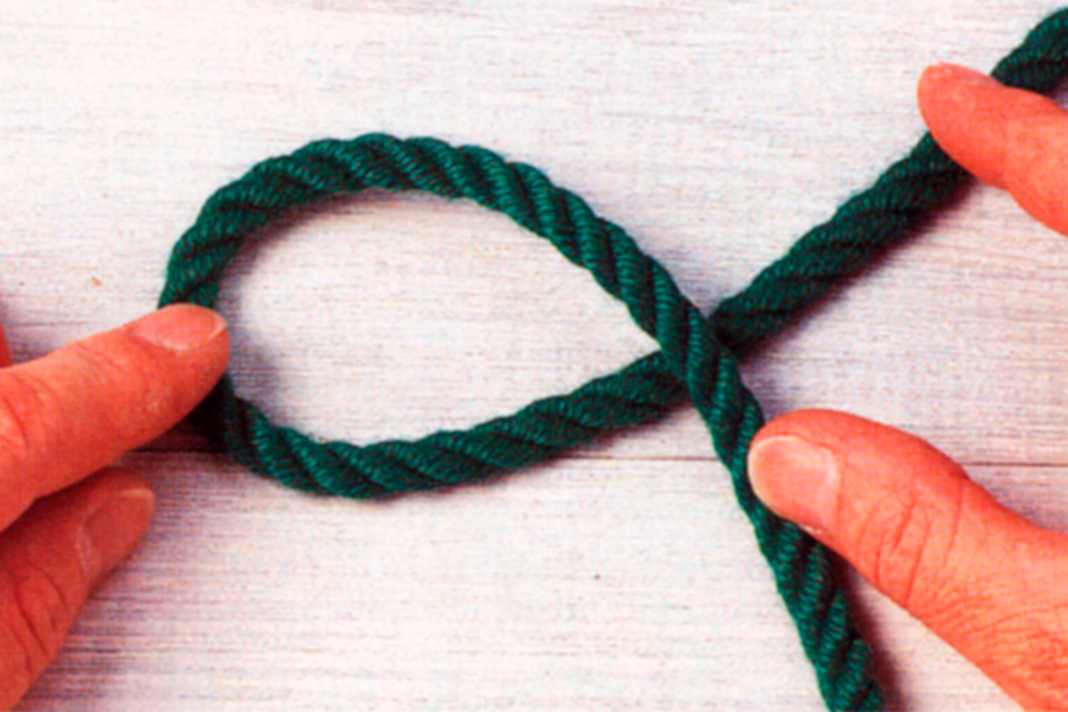




CROSSNOTES:
The all-round knot for connecting two lines of the same thickness. For safety, the loose parts can be secured with figure-eight knots to prevent them from slipping through.
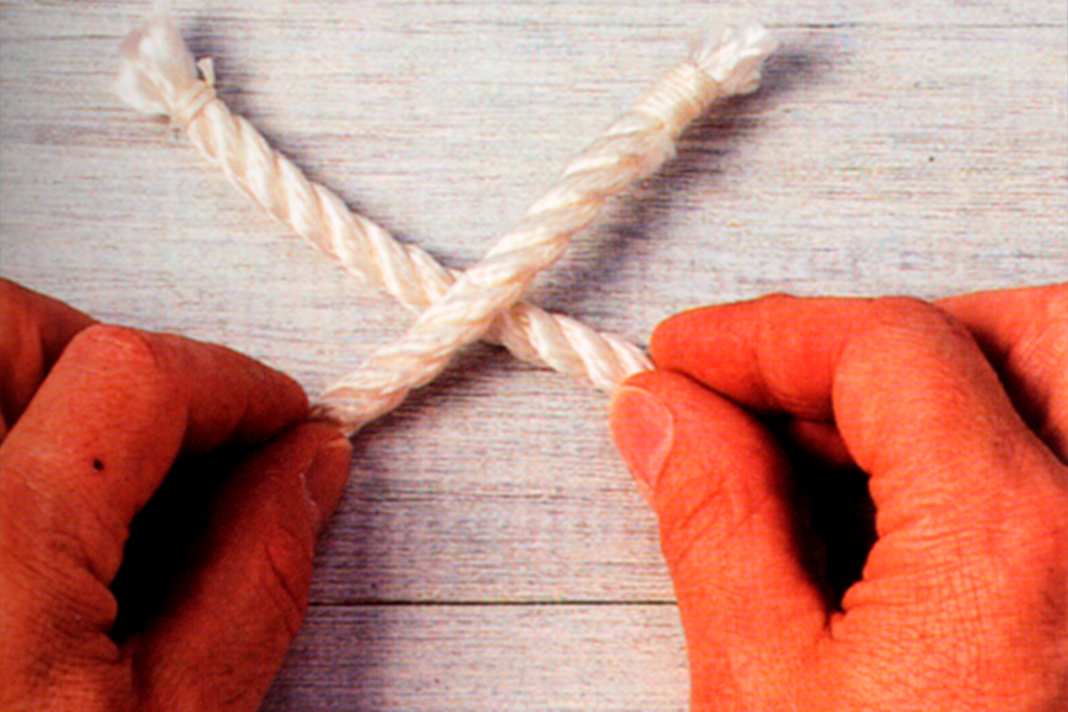




SCHOTSTEK:
Ultimately, the sheet knot has the same range of application as the square knot, but the interesting thing is that it can also be used to connect two ropes of different thicknesses.
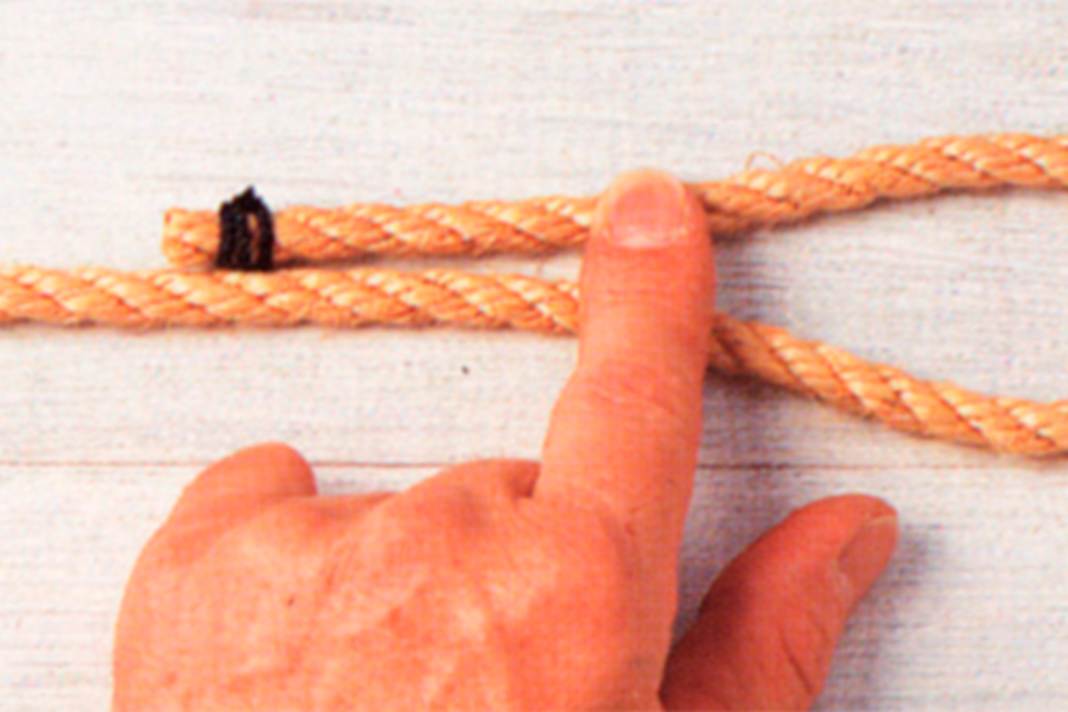




HALF SHOT:
The half hitch is actually useless on its own, but can complement other knots very well. When doubled on rings or poles, it can be used to absorb small loads for a short time or to stow protruding line ends (e.g. on the luff extrusion).
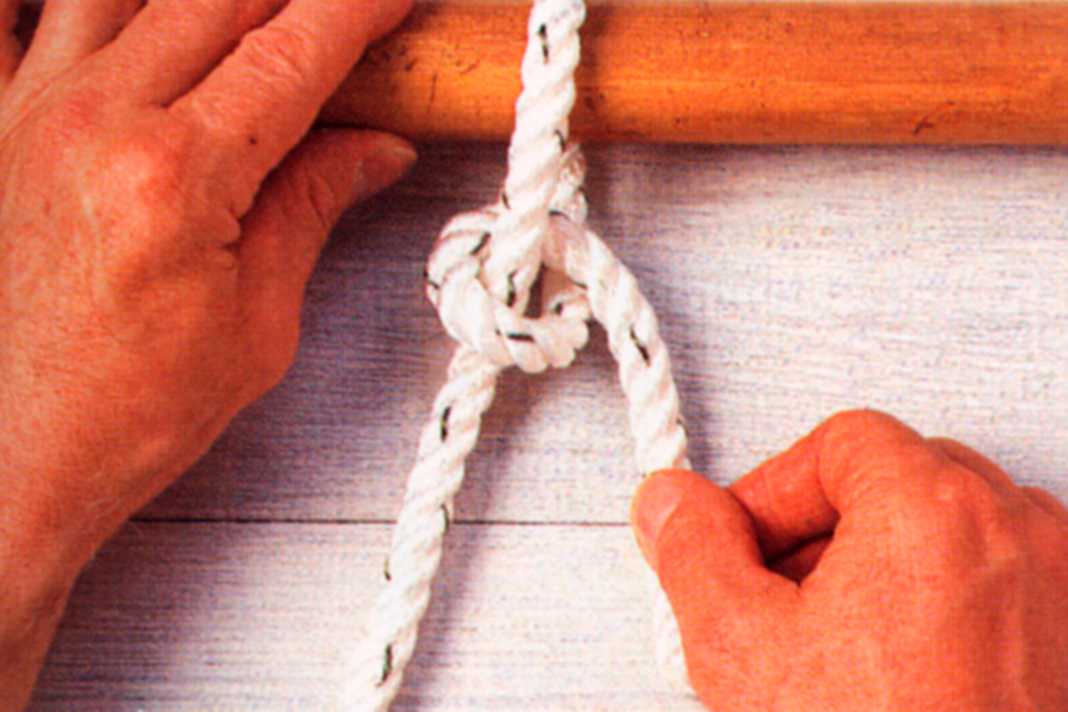

PALSTEK:
Although somewhat more difficult to make, the bowline is an absolute must for every water sports enthusiast. The sling cannot tighten even under load, making the knot ideal for towing, salvaging and repairing, as it is also easy to untie.
